Steph W. from SEOPressor


...help you check your website and tell you exactly how to rank higher?


87
score %
SEO Score

Found us from search engine?
We rank high, you can too.
SEOPressor helps you to optimize your on-page SEO for higher & improved search ranking.
By winniewong on July 1, 2015
You’ve identified your audience, done your keyword research, and are creating high-quality content. This SEO thing isn’t that hard after all, right?
Well, you may be off to a good start, but there are over 80 different signals that Google uses to rank webpages. You probably haven’t really scratched the surface of SEO even if your site is doing relatively well. Here are three SEO elements that you have probably been ignoring.
They involve the use of a subdomain, dealing with syndication and other duplicate content, and structuring links to your content.

Which One Should I Choose? Subdomain Or Subfolder
You could use subfolders in the same way that you organize related files on your computer’s hard drive into subfolders. So if you put all your blog posts into one subfolder, its address would be yoursite.com/blog.
The alternative is to create a subdomain. This is a part of your root domain. So if you placed your blog on a subdomain, its address would be blog.yoursite.com.
The subdomain behaves as if it were a completely independent website from the content on your root domain.
There are a number of advantages of using a subdomain:
The problem with using a subdomain is that search engines do not recognize that it is related to your root domain. Say you use a subdomain for your blog.
You might write some really good content that people start to link to. These links will boost the SEO rank of the subdomain. You would hope that they would boost the rank of the root domain as well.
And, some prominent Googlers, like Matt Cutts, claim that this is the case. However, this has not been the experience of many SEO experts.
Many SEOs report that moving a blog to a subdomain actually damages the SEO for the root domain. The links to the blog do not transfer that well to the subdomain.
The best advice suggests that you should not use subdomains if you are trying to get the best SEO. Keep all your content in subfolders of your root domain for the best SEO.
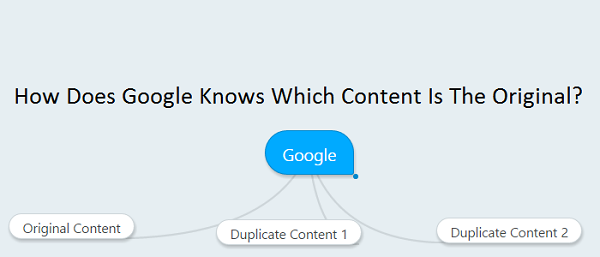
Are You Leaving The Decision To Google To Determine Which Content Is The Orignal? Careful! Google May Rank The Wrong Content.
Duplicate content is a real problem for SEO. If you have URLs that point to the same content on or off your site, then the search engines will have a difficult time identifying the original and ranking the site.
You want to eliminate duplicate content where possible and make sure that the search engines know which location has the original content.
One kind of duplicate content is helpful to your site. This is when you syndicate your content to other websites. Your content appears nearly verbatim on another website.
You usually want to have your content appear on a high authority website so that it improves the SEO for your original site. In this case, you deliberately seek out places on the Web to syndicate your content.
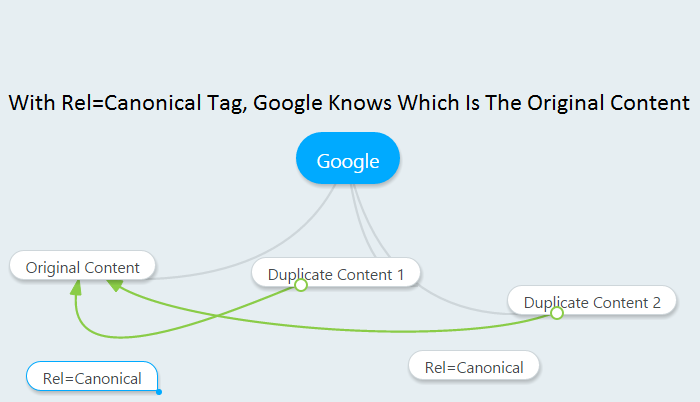
Helping Google Identify Original Content
This tag includes a link back to the original to tell search engines that this page is a copy and point them to the original content.
Now when people link to the syndicated content, the SEO value of the link passes right back to the original content on your site.
Syndicating your content using the rel = canonical tag is a powerful SEO strategy. By getting your content on high authority pages, you can attract human readers to your blog.
The links that your content gains from this exposure will transfer to your own site as well. You want to actively seek out opportunities to syndicate your content on high ranking authoritative sites.
Sometimes duplicate content is caused by the way content management systems organize the website. They allow multiple URLs to point to the same content. They also allow the content on the page to be sorted in different orders. Other times the duplicate content is created by a special tag to track the source of the link.
There are ways of dealing with all this duplicate content. However, many SEO experts believe that using the rel = canonical tag may not be the best way. The problem for Google was Google does not want to have top 10 results in a keyword having the exactly same content. This will literally destroy the user experiences.
What If Other Author Duplicate Your Content Without Your Permission?
We all know that links to your site are good for SEO. If links are so good, why not set up some subdomain sites that link back to content on your primary site? These links will juice the SEO ranking of your primary site, right? Actually, no! This tactic will backfire on you.
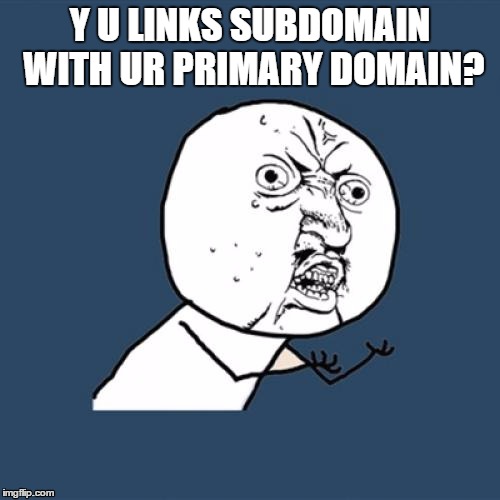
You are actually setting up a barrier between your primary site and people who may want to link to your site. Say you set up a secondary site and publish content there while giving links to your primary site.
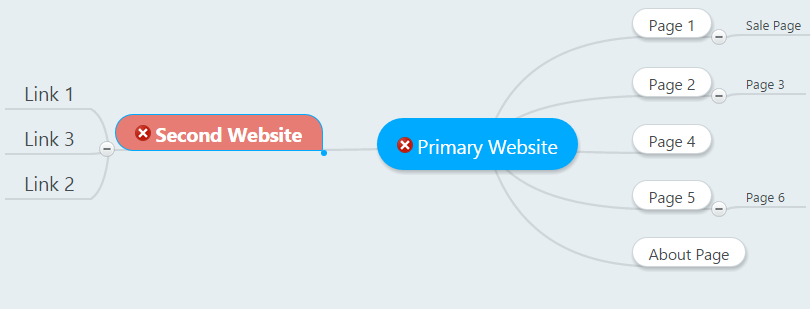
Links 1,2 and 3 will Pass Low Link Juices
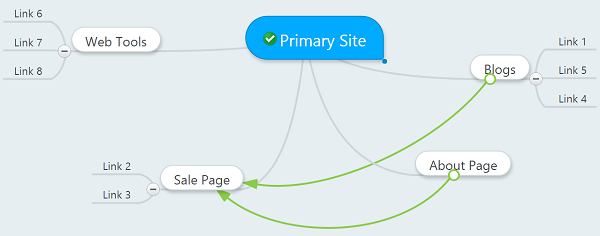
Avoid Manipulative Link Structure. Is For Your Own Good!
Thus, if you create a lot of subdomains pointing the links to your primary site, the link juice will be lower than pointing them directly to your primary site.
The basics of SEO are relatively straightforward and simple. You identify your audience, target keywords and develop engaging content. But there is a lot more to it than this. We have addressed three SEO issues that people tend to ignore.
There are many other SEO issues apart from subdomain out there that we could also look at. Optimizing your website is a delicate art that requires a constant course correction. You never want to stop learning about effective SEO.
[This blog post was originally written and published by Brian on July 1, 2015. It is most recently updated by Winnie on Jun 02, 2020]
Updated: 29 June 2025


Save thousands of dollars (it’s 100x cheaper)

Zero risk of Google penalty (it’s Google-approved)

Boost your rankings (proven by case studies)
Rank High With This Link Strategy
Precise, Simplified, Fast Internal Linking.
